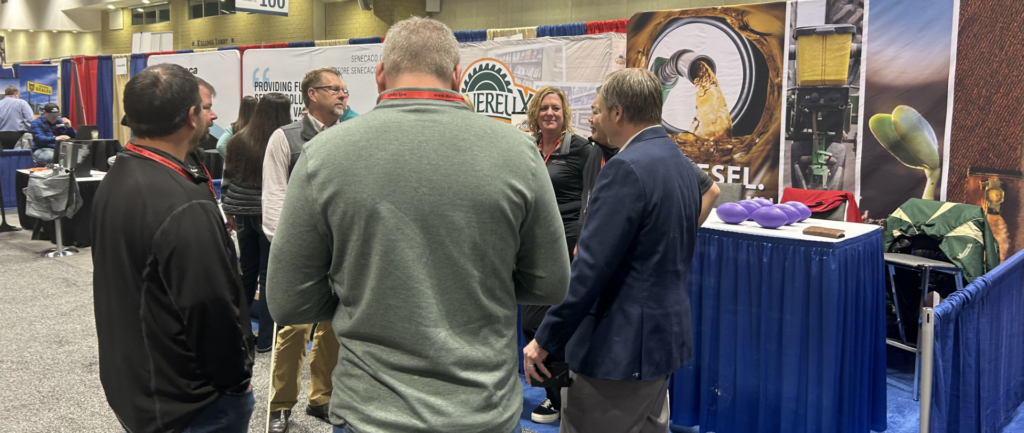Minnesota has a lower input of fertilizer and pesticide use than other top soybean-producing states, according to the U.S. Department of Agriculture’s (USDA) 2017 Agricultural Use Survey of soybean producers. The survey gathered data about fertilizer and pesticide use and pest management practices in growing soybeans.
“This report clearly shows that Minnesota puts out less fertilizer and pesticides than other states,” says David Kee, Minnesota Soybean’s director of research. “Our farmers are doing their part in ‘going green’ and using best management practices.”
Minnesota was one of 16 states involved in the survey; the 16 states represented 92 percent of the soybean acres planted in the U.S. in 2017. Of the three macronutrients, potash was the most widely used on soybean acres in Minnesota. Minnesota farmers applied potash to 34 percent of planted acres, accounting for an average rate of 59 pounds per-acre per-year. Nitrogen and phosphate were applied to 26 and 28 percent, both of which were below the program states (31 and 41 percent, respectively). Sulfur, the secondary macronutrient, was applied to 6 percent of soybean acres.
“This is a relatively low amount of nitrogen by our farmers. It’s not at a high rate, and certainly less than other states,” says Minnesota Soybean’s Director of Public Affairs Joe Smentek. “Minnesota soybean growers are proving they only use the amount they need, or in some cases, even less.”
The pesticide active ingredients used on soybeans are classified as herbicides (targeting weeds), insecticides (targeting insects), fungicides (targeting fungal disease) and other chemicals (targeting all other pests and other materials).
Herbicide active ingredients were applied to 94 percent of the soybeans planted in Minnesota, compared to 95 percent in the other 15 participating states.
Thirty eight percent of soybeans planted in Minnesota used insecticides, which was higher than the program states average (19 percent). Kee says this is likely attributed to Minnesota’s issues with aphids, a yield-robbing insect.
“Aphids are a bigger problem for Minnesota than other parts of the country,” he says.
The survey asked growers to report on the practices they used to manage pests – defined as weeds – insects or diseases. Soybean growers reported practices in four categories: prevention, avoidance, monitoring and suppression (PAMS). Ninety five percent of Minnesota soybean farmers reported rotating crops during the past three years; nearly half (48 percent) reported using no-till or minimum till as a prevention practice. Fifty three percent chose a crop or plant variety for specific pest resistance. Scouting for weeds was the most common pest management practice on soybean acreage in Minnesota.
“This data is encouraging and paints a different and broader picture than what special interests group would like the public to believe about agriculture,” says Smentek, an environmental attorney. “It shows that through education and awareness, farmers are implementing practices that work for both the land and their operation.”







